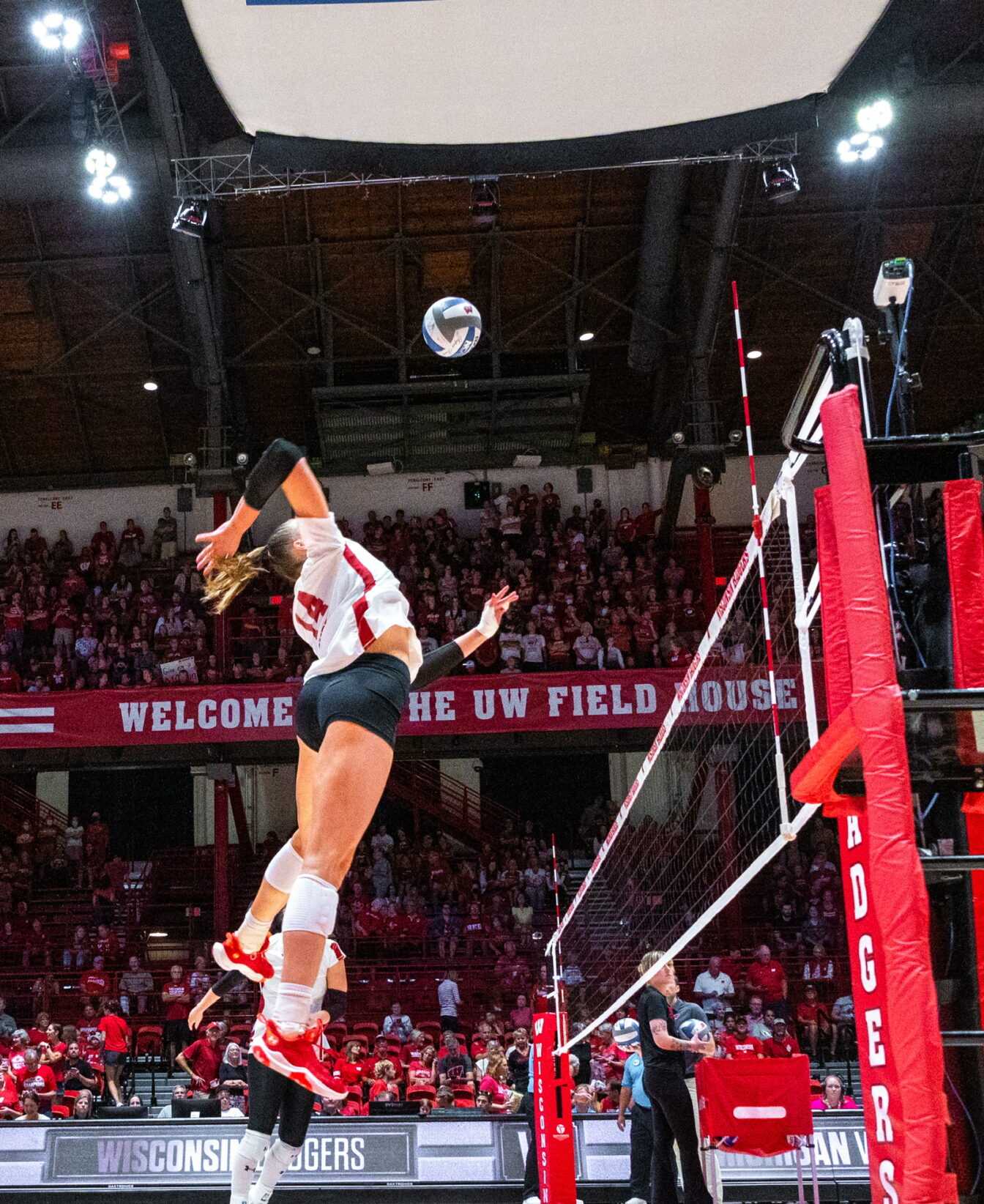This weekend, while flipping through the latest edition of Rolling Stone magazine, I came across a series of advertisements that proved to be a subtle reminder of a very interesting social phenomenon in American society: the dilemma of modern masculinity.
The first ad I encountered was for GAP sweaters and showed a smiling man wearing a purple hat and a tight-fitting sweater that had stripes of nearly every color of the rainbow running across it.
The ad on the very next page was for Canadian Club whiskey, with a picture of a man with an annoyed look on his face, sporting a crew cut and going fishing with two other men. It read: "YOUR DAD WAS NOT A METROSEXUAL. He didn't do pilates. Moisturize. Or drink pink cocktails. Your dad drank whisky cocktails."
And so I wondered to myself, quite naturally, was there ever a time when my own dad wore a rainbow-colored sweater while fishing and drinking Canadian whiskey all at the same time? Probably not.
The modern masculinity ideal is, to say the least, a study in contradiction. Quite simply, the prototypical heterosexual man is nowhere to be found — not in the media, not in our paternal images and certainly not in our academic studies. The result is a majority of American males left with a confusing dilemma between hyper-aggression and hyper-sensitivity — a constant decision to be the "beast" or the "gentleman" in absolute terms. Yet these standards are, inherently, nearly incapable of co-existence.
As it stands, media images and portrayals are certainly fueling the opposing extremes. One need only look at the evolution of the hyper-masculine business of professional wrestling as an example of the morphing ideal of masculinity.
In the early 1970s, when pro wrestling first took off as a large sports-entertainment industry, all the way up to the early 1990s, professional wrestlers looked, for the most part, like regular men. Even the most popular wrestlers, such as Hulk Hogan, were a little overweight and a little flabby in the arms. But now, you would be hard pressed to find a professional wrestler who isn't hopped up on steroids with abs you could grate cheese on and arms the size of tree trunks.
Likewise, male sexuality has been morphed to an extreme. The ease of access to pornography has distorted male sexuality into an almost barbaric portrait. With such a large portion of young males exposing themselves to this portrait, it is no wonder adolescent males have a disfigured ideal of masculine sexual expression.
Yet, the modern male is also expected to be sensitive and compassionate, and rightfully so. Unlike the prototypical male of previous generations, men are called on to be just as involved in family life as their female counterparts, are not able to engage in verbal or physical sexual harassment with the same social acceptance as only a few decades ago and are increasingly encouraged to outwardly express emotion. The idea of a masculine figure the likes of Tony Soprano seeing a weekly therapist to talk about his feelings would be a social impossibility only 30 years earlier.
Therefore, the modern masculinity ideal is left in limbo. As prominent feminist philosopher Susan Bordo notes in her book "The Male Body: A Look at Men in Public and Private," that this dilemma can even manifest itself in what were once the most uniform of masculine expression, such as the confusing decision of a young man to kiss a woman: Will he be viewed as masculine by kissing her, or will he be viewed as insensitive or possibly harassing?
Therefore, the modern male is supposed to be a series of impossible contradictions, with no model for dealing with that contradiction anywhere in sight.
Except one: women.
Without question, the feminine ideal has long been an ideal of impossible contradiction — one where women are expected to be submissive yet sexy, strong yet vulnerable, professional yet domestic — constantly adapting to satisfy a constantly changing paragon. The women's movement has been a consistent struggle with these often opposing standards and has been a movement toward an environment that accommodates a certain socially viable agreement in feminine expression. Certainly, this social agreement is far from realization, but the movement toward understanding it should be a model for the modern man.
In what is certainly still an androcentric world, the young male is in a constant state of confusion regarding the expression of his own masculinity. Yet a progressive movement toward realizing this paradigm is decidedly missing from our popular discourse — academic or otherwise.
If anything, it is high time the modern man explored a modern understanding of the ideals he has been exposed to.
Andy Granias ([email protected]) is a junior majoring in political science and legal studies.













